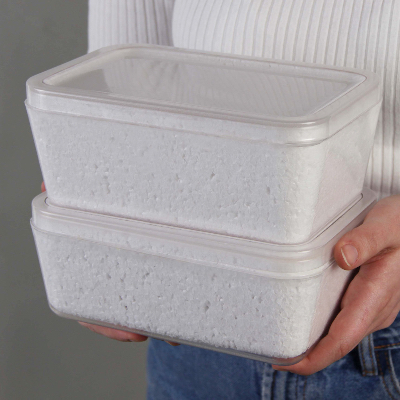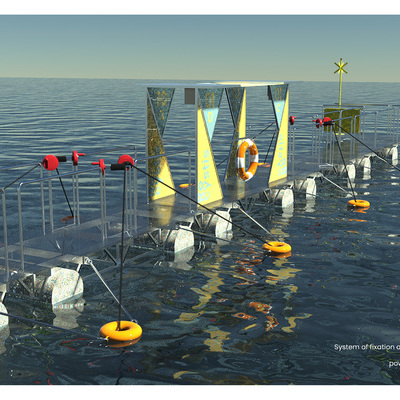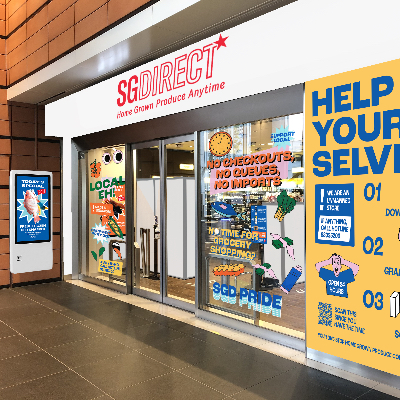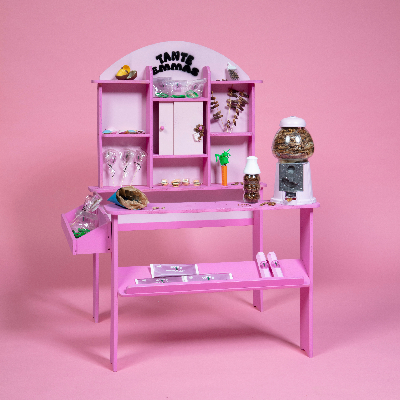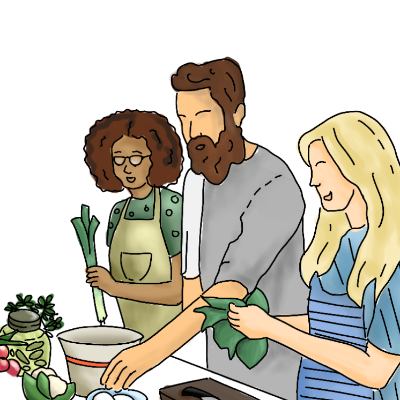“If just 2% of the Ocean were to be sustainably farmed, the world could easily be fed” (UN, 2021). Kelp forests (in particular, Macrosystis Pirifera) have a great potential in achieving zero-hunger goal and on climate change mitigation. Both problems have increased throughout the world and over the years (IPCC, 2021) causing several problems such as the loss of biodiversity (WWF, 2020) and others such as food insecurity and hunger (FAO, 2021). Given the connection between both problems, it is necessary to propose a solution to both problems.
Kelp forest have multiple environmental (i.e., sustaining trophic networks), social (i.e., regeneration of marine habitat), and economic (i.e., generate direct use value) benefits. Also, kelp forests could provide enough protein to feed a world population of 12 billion people (UN, 2021). Despite being a potential natural agent to achieve the zero-hunger goal and to mitigate the effects of climate change, they are disappearing due to the increasing and accelerated deforestation of their forests – until being considered an overexploited specie – by humans (Rogers-Bennett and Catton,2019).
To face this problem, governments regulate the extraction and encourages the extraction through aquaculture (however it doesn’t encourage a responsible production/consumption, which could unbalance the marine ecosystem). Although these measures seek to limit the extraction from natural sources, there are no direct measures to promote and accelerate their regeneration capacity. The latter is essential for the natural preservation of these forests because the level of exploitation of kelp forest has reached a level that its regeneration capacity isn´t self-sufficient (i.e., has reached a tipping point).
“Recystis” intends to accelerate the reforestation of kelp forests (in particular, deforested wild forests) through a floating and transportable light module by altering (i.e., extending and standardizing) their photoperiod – promoting its growth and reproduction rates – under the implementation of underwater artificial light.
The primary users of “Recystis” will be the fishing communities because they depend economically, socially, and environmentally on fishing resources. Also, research centers (i.e., organizations and foundations) that participate in the study of kelp forests, can be considered a secondary user, as they analyze the population and development of kelp forests.
The research and development of “Recystis” was based on quantitative methods – scientific articles, data, and interviews with marines and biologists – to analyze the role of the light in their reforestation and regeneration process, as well as qualitative and structural aspects for the structure of the module. The results of this research – based on quantitative simulations – show that through “Recystis” is possible to duplicate the rate of growth and reproduction of kelp forest, reforesting them in a period between 3 to 8 weeks of application (depending on their initial state).
“Recystis” aims to preserve the marine ecosystem through the conservation of kelp forests as they provide shelter, food and settlement for species from different areas due to their global coverage. Additionally, it promotes responsible local fishing with positive environmental impact globally and in coastal communities. Both are relevant to achieve the zero-hunger goal.



